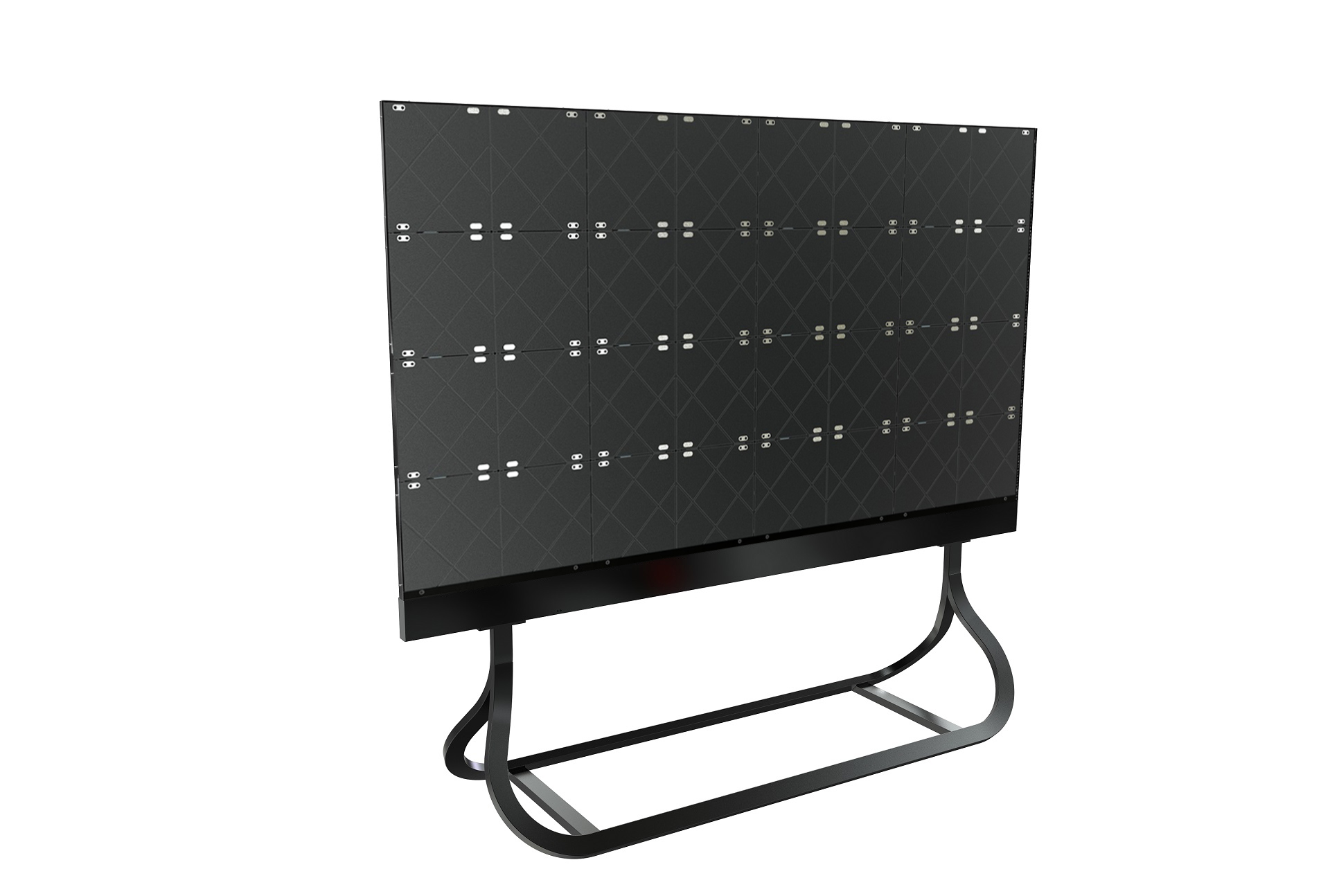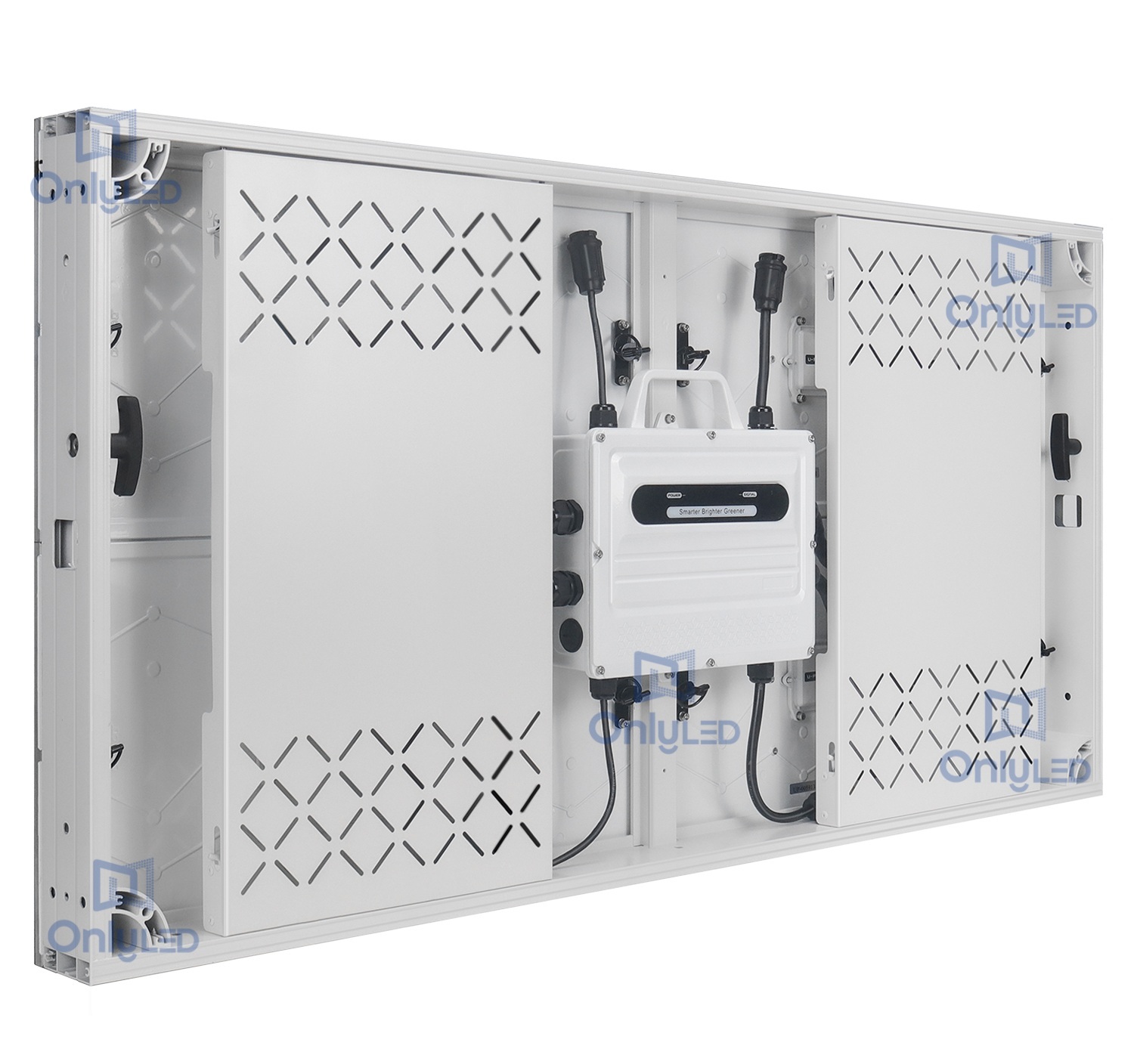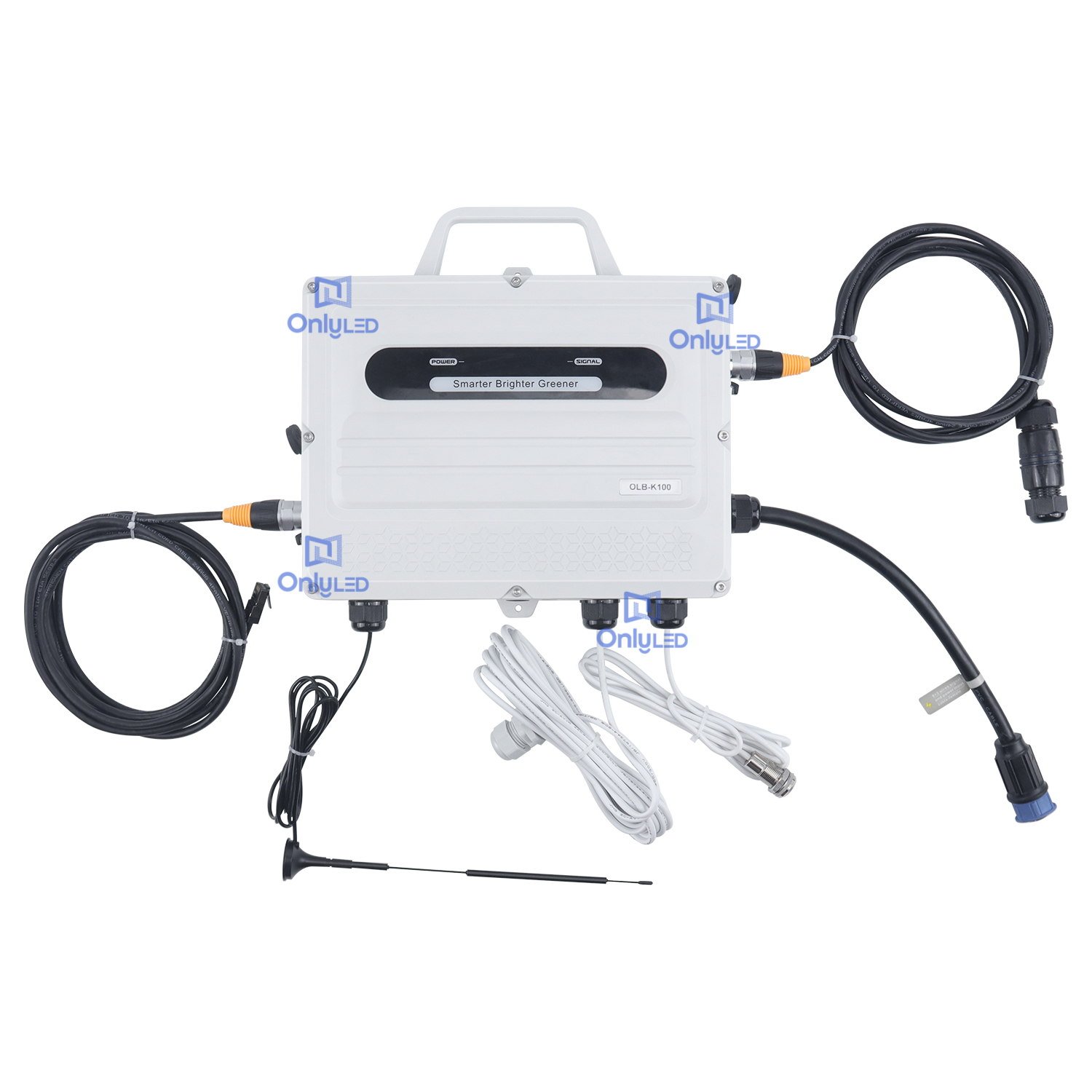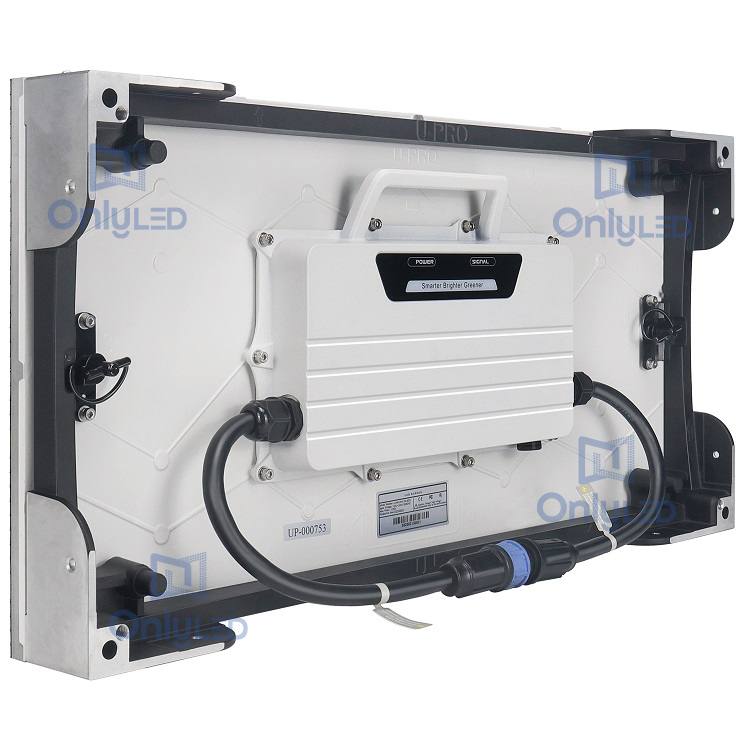Industry News
Introduction: The All-In-One Screen Revolutionizes Display Technology

The working principle and structure analysis of the all-in-one screen has transformed the way we experience visual content. With its innovative design and advanced technology, this screen offers a seamless and immersive viewing experience. In this article, we will delve into the details of its functioning principle and structural components.
1. Working Principle of the All-In-One Screen
The all-in-one screen utilizes a combination of cutting-edge technologies to deliver high-quality images. It consists of three key elements: the display panel, signal processing unit, and backlight system.
1.1 Display Panel
The display panel is the heart of the all-in-one screen. It typically employs a liquid crystal display (LCD) or organic light-emitting diode (OLED) technology. These technologies allow for precise control over each pixel, resulting in vibrant and accurate color reproduction.
1.2 Signal Processing Unit
The signal processing unit converts incoming digital signals into a format suitable for display on the screen. It enhances the image quality by adjusting contrast, brightness, and other parameters. This unit also plays a crucial role in driving the display panel and enabling smooth video playback.
1.3 Backlight System
The backlight system provides illumination for the display panel. Depending on the technology used, it can be either a cold cathode fluorescent lamp (CCFL) or light-emitting diodes (LEDs). These light sources ensure uniform brightness across the screen and enable visibility even in low-light conditions.
2. Structural Analysis of the All-In-One Screen
The physical construction of the all-in-one screen comprises several layers, each with a specific function. These layers include the front glass, touch sensor, color filter, TFT array, and backlight assembly.
2.1 Front Glass
The front glass is a protective layer that shields the display panel from external damage. It is designed to be highly durable and resistant to scratches, allowing for prolonged use without compromising image quality.
2.2 Touch Sensor
The touch sensor layer enables interaction with the screen through touch gestures. It detects the position and movement of your fingertips and conveys this information to the device's operating system, facilitating smooth and intuitive user interface navigation.
2.3 Color Filter
The color filter layer is responsible for creating a full-color image. It consists of red, green, and blue sub-pixels, which combine to generate a wide range of hues. This layer plays a crucial role in achieving accurate color reproduction and vibrant visuals.
2.4 TFT Array
The thin-film transistor (TFT) array forms the backbone of the display panel. It comprises millions of individually controlled transistors, which act as switches that regulate the flow of electric current to each pixel. This precise control allows for rapid image refresh rates and sharp image rendering.
2.5 Backlight Assembly
The backlight assembly provides the necessary illumination for the display panel. It is positioned behind the TFT array and consists of the light source (CCFL or LEDs) and a light guide. The light guide ensures that the light is evenly distributed across the screen, resulting in uniform brightness.
Conclusion: Enhancing Visual Experience with the All-In-One Screen
In conclusion, the all-in-one screen revolutionizes display technology with its advanced working principle and thoughtful structural design. By combining cutting-edge technologies, this screen offers stunning visuals, precise color reproduction, and seamless interaction. Whether in professional settings or everyday life, the all-in-one screen enhances our visual experience and sets the benchmark for future display innovations.




